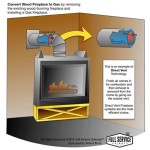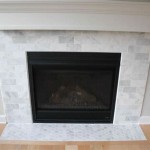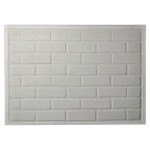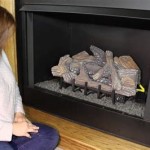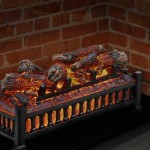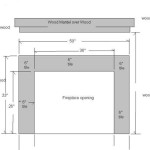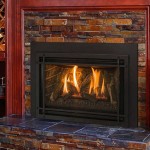How to Convert a Wood-Burning Fireplace to Gas Insert
Many homeowners considering updating their wood-burning fireplaces find gas inserts to be a convenient and cost-effective alternative. The process of converting a wood-burning fireplace to gas involves several essential steps:
1. Planning and Preparation:
Before starting the conversion, ensure you have the necessary clearances and permits required by your local building codes. Plan the location of the gas line and determine the required Btu output to heat your space adequately.
2. Safety Considerations:
Wood-burning fireplaces require a damper, but gas inserts do not. Properly sealing the damper is crucial to prevent carbon monoxide from entering the home and ensure the new gas insert's proper functioning.
3. Converting the Firebox:
Remove the grate, andirons, and any other wood-burning components from the firebox. Clean it thoroughly to remove ash and debris. The gas insert will be set directly into the firebox.
4. Gas Line Installation:
Hire a licensed gas professional to connect the insert to a gas line. Ensure the line is sized correctly for the Btu output of the insert. The gas line must be inspected and approved by the local authority before the insert can be used.
5. Insert Installation:
Securely place the gas insert into the firebox. Follow the manufacturer's instructions carefully regarding clearances and venting. The insert should fit snugly and be level for optimal performance and safety.
6. Connecting the Thermostat and Remote:
Connect the included thermostat and remote control to the gas insert. Ensure they are operational before proceeding. The thermostat will regulate the temperature of the insert, while the remote allows convenient control.
7. Testing and Final Inspection:
Once the conversion is complete, light the insert and observe its operation. Check for any gas leaks or unusual noises. Have a qualified gas technician perform a final inspection to ensure safety and proper installation.
Benefits of Gas Inserts:
Gas inserts provide several benefits, including:
- Convenience: No need to chop wood or start a fire.
- Efficiency: Heat your space quickly and efficiently.
- Cleanliness: No ash or smoke to clean up.
- Safety: Closed combustion eliminates the risk of sparks and embers.
- Cost-effective: Gas is often cheaper than wood.

Convert From Wood To Gas With A Insert The Kernel Burner

Gas To Wood Fireplace Conversion Overland Park Ks Firplace Service

Convert From Wood To Gas With A Insert The Kernel Burner

Convert To Gas Installing Fireplace Inserts Doctor Flue

Can A Wood Burning Fireplace Be Converted To Gas The Flame Company

Update Your Wood Fireplace To A Gas

How To Convert Your Wood Burning Fireplace Electric Or Gas

Want To Convert Gas Wood Fireplace Full Service Chimney

Want To Convert Gas Wood Fireplace Full Service Chimney

Should You Convert Your Cabin Fireplace From Wood To Gas

